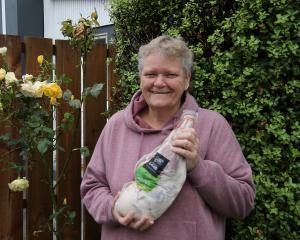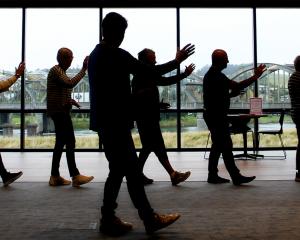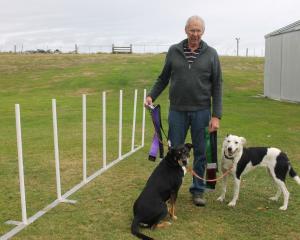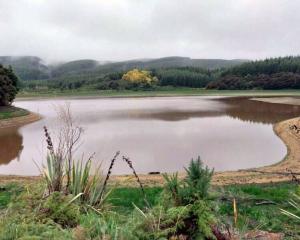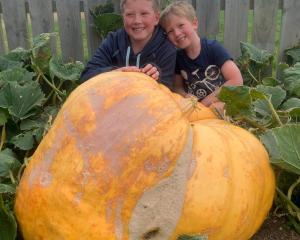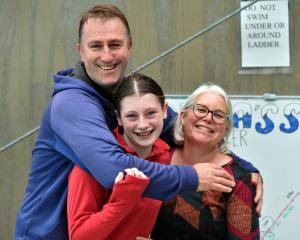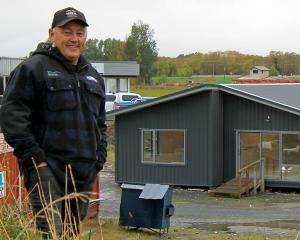Gold-mining is set to return to the Waitahuna Gully for the first time in nearly 70 years.
Christchurch-based company Maruia Mining has received the go-ahead from the Clutha District Council for alluvial gold-mining on about 50ha of privately owned land.
The land was mined in the 1940s and includes the site of a township called Waitahuna Gully, which was established in the 1900s during a gold rush.
The consent for the operation includes a condition that no pre-1900s house sites or land can be affected.
Speaking from Christchurch, Maruia Mining director Alan Roberts, of Christchurch, said he studied photographs of the old mining township before testing the land for six months, and finding a ''reasonable grade of gold'' under the ground.
''Where the houses were built, they sluiced up right round it but they didn't actually mine it,'' Mr Roberts said.
Mr Roberts said there would be at least 10 years of work to recover the gold that remained in the area.
He planned to test for remaining gold around Wetherstons, near Lawrence, and a possible third site, as well.
The conglomerate (solidified gravel) to be mined was once a riverbed ''probably over 40 million years old'', Mr Roberts said.
It started at Beaumont, went up Munro Gully, through Gabriel's Gully, then on to Wetherstons, where it disappeared and reappeared several times before reappearing at Waitahuna Gully.
The gold-rich conglomerate appeared and reappeared as the ancient riverbed meandered to sea at Kaitangata, he said.
''We will be prospecting all the `missing bits', if you like,'' he said.
''River beds are continuous and it all carried good gold. It's likely that they've been pushed up and eroded away. Or they've been sunk down so they've been defaulted off sideways, or whatever. And they may be very difficult to find.
''But we did make a new find up the gully of conglomerate in a paddock ... no mining had been anywhere near it. All it had on top of it was three or four metres of clay.
''That's why they [gold rush miners] hadn't found it, because it had been under this big clay belt. We expect that there will be a lot more like that around.''
The mining operation would not be as significant as the 1861 rush but the small-scale operation does believe it has found a ''payable grade'', Mr Roberts said.
''They never worked it to depths either. They had no way in the day. They had good sluicing guns, but they didn't have diggers they could use to dig down to any depths.''
For now, Maruia Mining is bringing two diggers and a 2m rotary screen to Clutha to begin operations at the end of June.
The council noted in its land-use decision the impact on the environment would be negligible as the operation does not use chemicals and is water-based.
The council has instructed that the work be done in such a way that historic ''pre-1900s house sites or land'' will not be affected.
The consent stipulates that the land, once mined, be restored block-by-block into forestry.
The land is now covered in self-sown pine trees and surrounded by farmland and forestry.
Clutha District Council planning and regulatory manager David Campbell said in his consent decision that the area had a strong gold-mining history ''... and this operation hopes to see a resurgence of exploration ... and revitalise this industry which once dominated the area.''
The operation
• 50ha site at Waitahuna Gully.
• Two diggers operating alongside land-based gold plant machinery Monday to Saturday.
• Series of four 20m by 10m retention ponds filled from gullies and springs.
• All water to be recycled through operation.
• Only water will be used to wash gravel. No chemical-based gold extraction.
• Process up to 175,000 cubic metres of material a year.
• Up to 2ha to be mined at any one time.
• Maximum depth 8m to avoid affecting groundwater.
• Mining to be done in 50m-wide strips, to be re-spread, fertilised and replanted in forestry afterwards.




